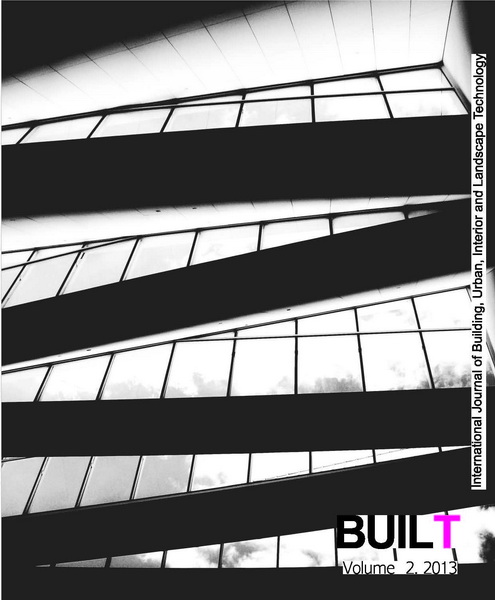Environmental Impact Assessment for Typical and Innovative Housing Construction Materials in Thailand
Keywords:
Environmental impact assessment, Life Cycle Assessment (LCA), Embodied energy, Construction materials, HousingAbstract
In Thailand, the awareness of environmental issues among the architect community has become increasingly significant. Building construction has been causing many environmental problems, ranging from excessive resource depletion and global warming to human health and well-being impacts. For housing construction, building materials are a major contributor to such problems. The impact of building materials on the environment can be in many forms and is very hard to define and measure. It is therefore very important to understand and be able to assess the environmental impacts of construction materials.
This study reports the methodology and results of an environmental life cycle assessment (LCA) of typical construction materials and system assemblies that are commercially available and typically used in housing projects. The construction materials are categorized into 4 components - architectural, engineering, electrical and sanitary, and landscape - with a total of 17 subsystem assemblies. Innovative construction materials are also evaluated to demonstrate their potential as environmental friendly replacement products. The LCA is conducted using a detailed LCA software tool, SimaPro and its database. CML2001 is selected to demonstrate the impact categories, spanning resource depletion, global warming,
acidification, eutrophication, ozone depletion, smog, ecotoxicity and human toxicity. To illustrate their use, the case study of a typical housing in Thailand, a two-storey house with a contemporary design, is studied. The life span of the house is 50 years. The study also assesses the materials’ embodied energy over the building life span. The results show the environmental impacts are mostly caused by materials in the architectural components, coming to almost 95%: 44% on the walls, 25% on the floor, 17% on the ceiling and 9% on the windows and doors. For embodied energy, the percentage contributions to the whole building can be ranked from the highest to the lowest as follows: roof (34.37%), wall (29.34%), window (12.15%), door (11.60%), ceiling (7.68%) and floor (4.86%). For construction innovations, the potential for business development and low environmental impact comes from cement-based products groups which can reduce the environmental impact from the base-products by up to 80%. Brick and other products with sugarcane fibers or coconut fibers as replacement materials also help reduce the environmental impact from the base-products by up to 50%. The implementation in architectural project of changes to the material use and construction of buildings are also discussed.
Downloads
Downloads
Published
How to Cite
Issue
Section
License

This work is licensed under a Creative Commons Attribution-NonCommercial-NoDerivatives 4.0 International License.












